Monty Don reveals his top birdhouse ideas and expert tips
The celebrity gardener offers foolproof tips for attracting birds to nest this spring with the right birdhouse type, position and more
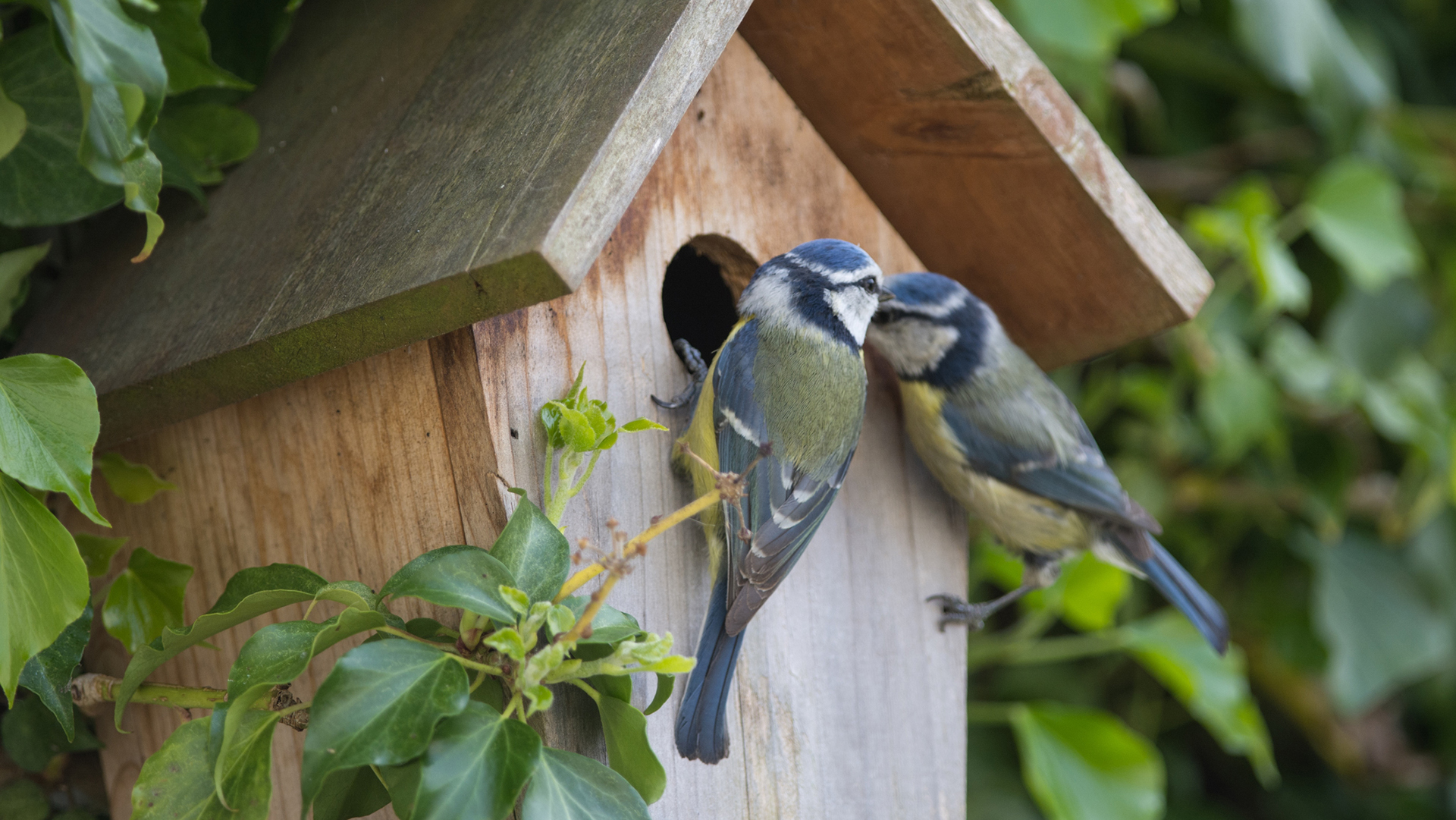
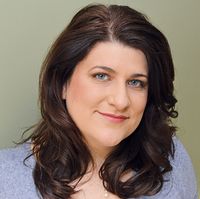
If a recent increase in birds visiting your garden has inspired you to put up a birdhouse, then follow Monty Don’s ideas and sage advice on choosing the right type and location to create a sanctuary for feathered friends.
In a video for BBC's Gardener’s World, Don admitted that while he has lots of hedges for birds to nest in at his own garden, Longmeadow in Herefordshire, many gardens ‘have no mature and suitable places for birds to nest in.’ So adding birdhouses is vital to help them thrive.
Attracting birds to the garden has multiple benefits. ‘Birds not only make the garden healthier and enrich the eco system, but they’re hugely enjoyable for the gardener,’ says Don.
See: Monty Don's bird feeding tips – keep them healthy and attract more
What attracts birds to a birdhouse?
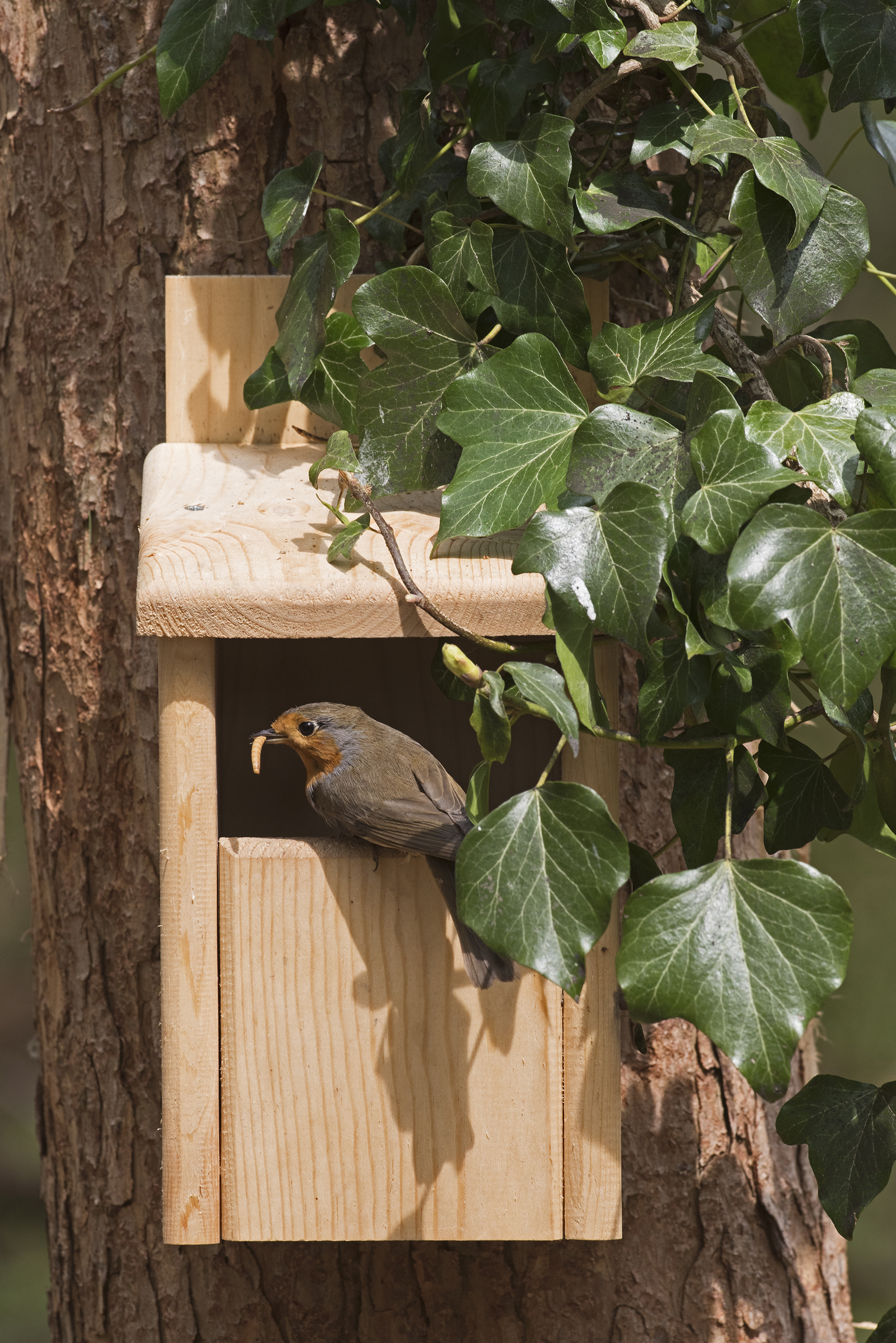
To attract birds to a birdhouse, you must choose the right type and location for the species you want to encourage.
In his video, Monty Don revealed that a box with a small circular hole is perfect for tits, which include blue tits, great tits, coal tits and marsh tits – though it's also an attractive home to tree sparrows.
‘The tit thinks that this is essentially a tree trunk with a hole in and a hollow space, and it will go in there and make its nest in the space underneath. So it can go in a relatively exposed site and it will use it.’
Design expertise in your inbox – from inspiring decorating ideas and beautiful celebrity homes to practical gardening advice and shopping round-ups.
However, Don warns that tit boxes can be vulnerable to predators: ‘Woodpeckers can bore in to get at the young,’ he says. ‘So it’s a good idea if you’re putting one up to get a metal plate, and place around the hole, which acts as a protection.’
In the tutorial, Don showed the other main type of birdhouse, which has an open front, designed to attract a variety of birds including robins, wrens, wagtails and flycatchers. ‘These birds tend to nest behind the back of sheds, behind a water butt perhaps, or in the depths of a hedge,’ he says.
Another tip to help attract birds to a birdhouse is to position feeders nearby, as they are more likely to nest next to a reliable food supply.
But you will have to be patient. 'There’s no guarantee that they’ll nest this year or ever,' says Don. 'All you can do is put up a suitable home and hope that they take advantage of it.'
- See: Take a tour around Monty Don's beautiful Longmeadow garden in Herefordshire
Where should I place a birdhouse?
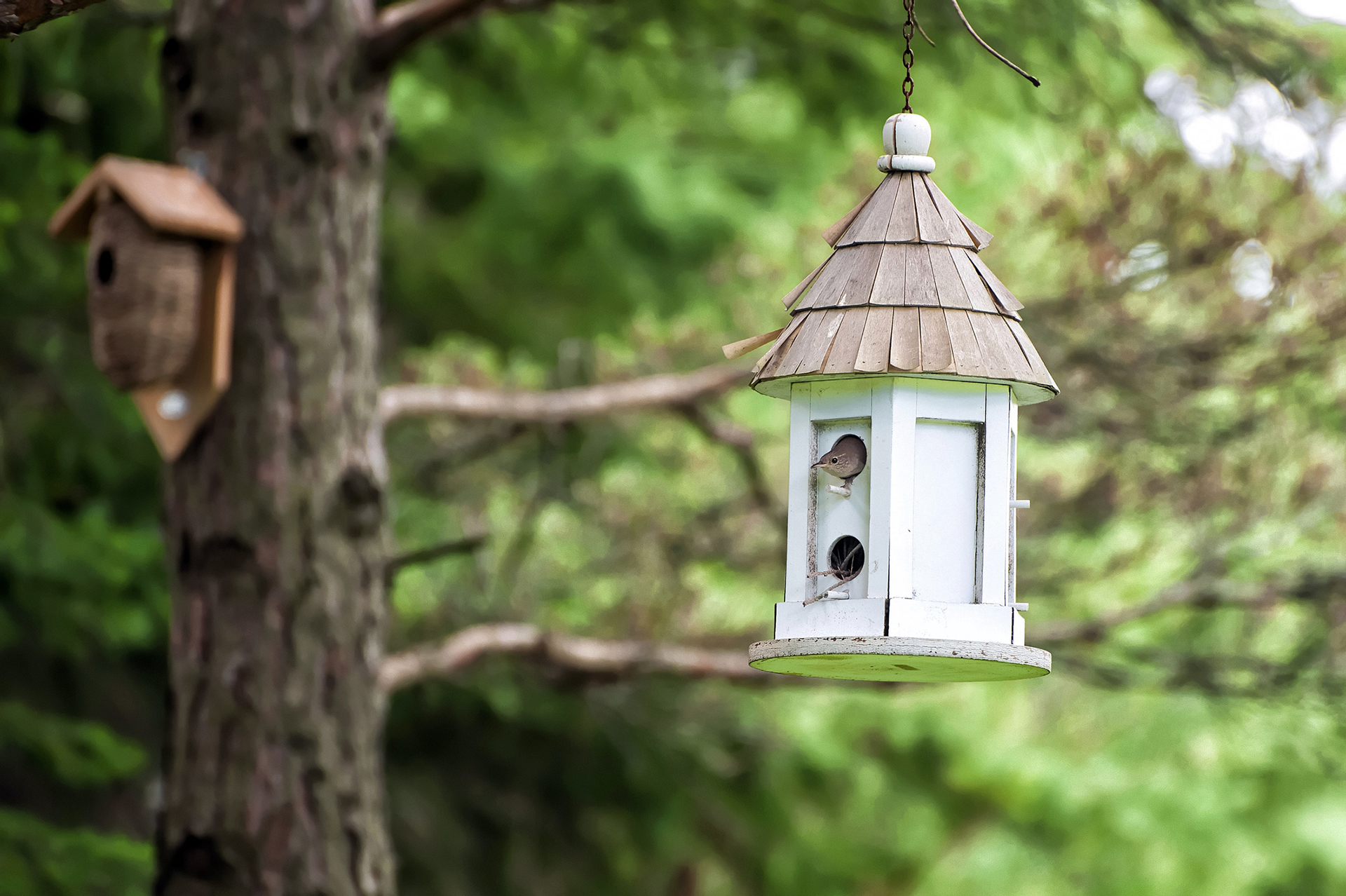
Placing a birdhouse is usually about the shelter provided around it. In his second video, Monty Don looked at ideal places to put up a birdhouse, focusing on both tit boxes with small holes, and open-fronted boxes. ‘Tits like a secluded place out of strong winds and importantly out of direct sunlight, because come a hot June or early July day it can really cook inside these boxes and get hot enough to kill the chicks,’ he says.
At Longmeadow, Don opted to fit a box up under the gable at the back of his writing hut – ‘a west-facing but very sheltered spot.’
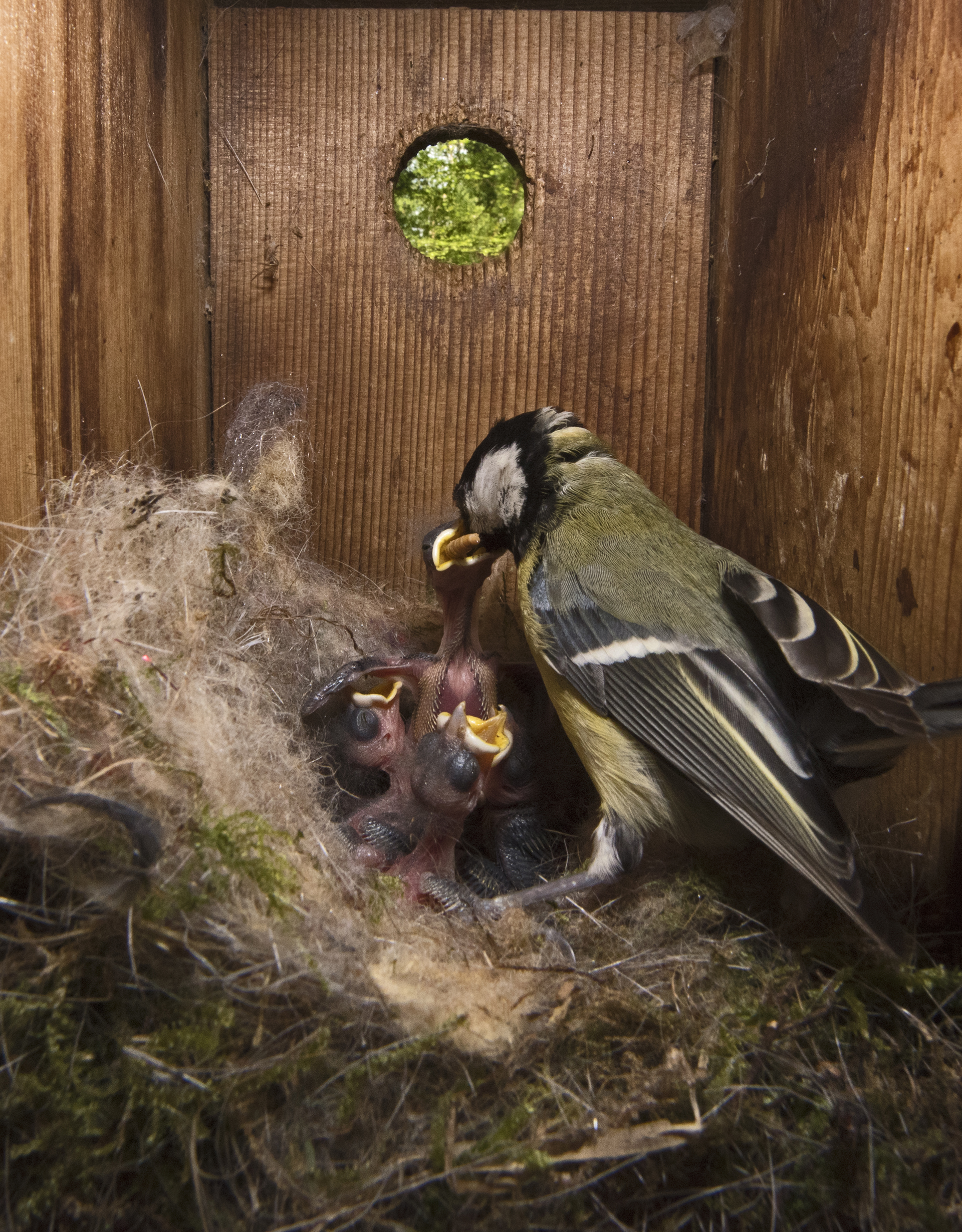
When it comes to positioning an open-fronted birdhouse, Don explains that it should be located somewhere that is enclosed and protected, but where the actual entrance to the nest is exposed.
‘Somewhere that to them feels nice and secluded, and hidden, but with good access,’ he says. ‘If you’ve got a wall with a rose growing up it or some ivy, you could put a box behind the rose. That would be ideal – not too open.’
Don did not specify a minimum height to fit a birdhouse, but Nicholas Watts MBE, owner of Vine House Farm Bird Foods, advises: ‘Generally, the nest box should be at least 1.5 metres above the ground. A tree, wall or even a high fence post can be used to secure the nest box to.’
Which direction should a birdhouse face?
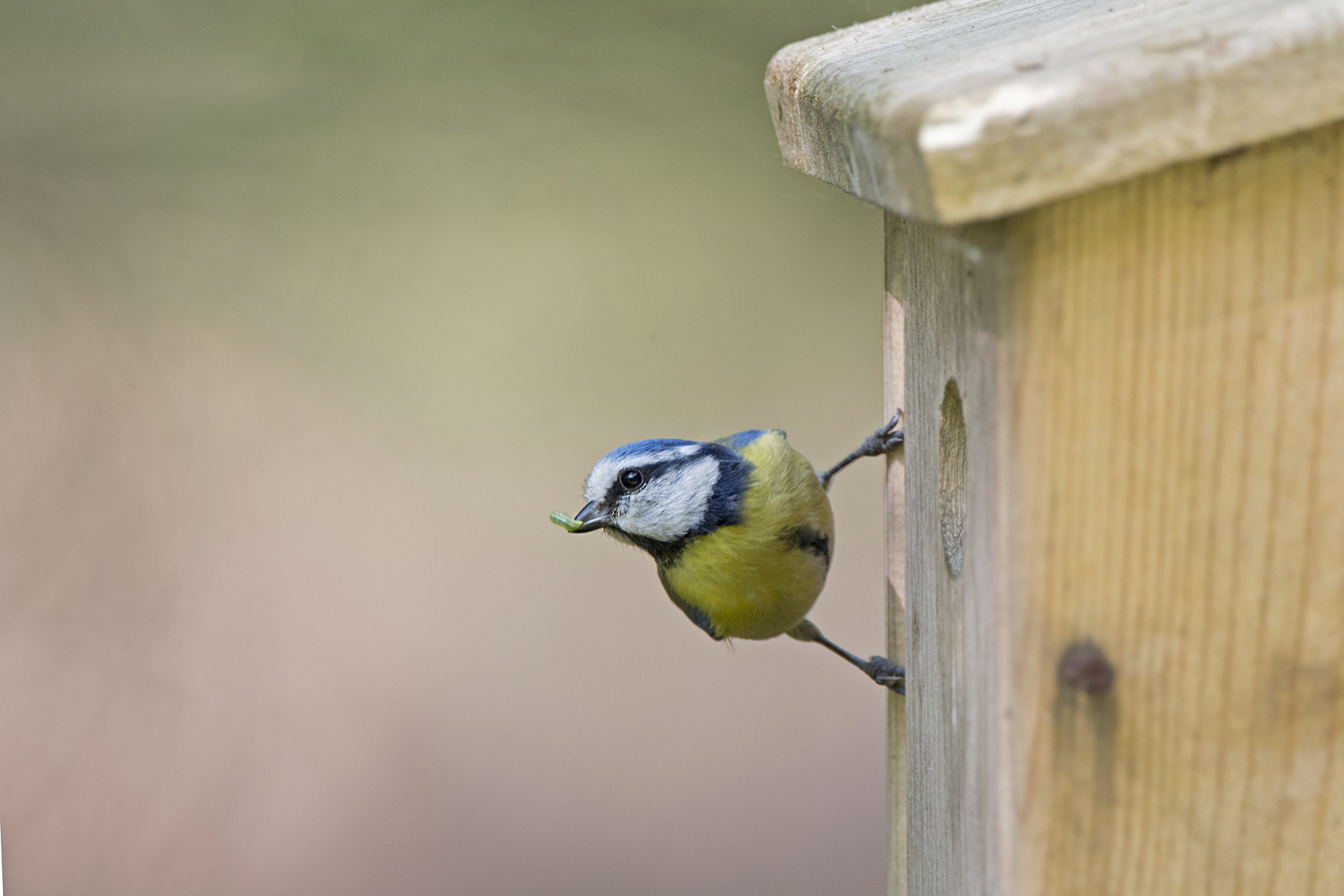
The direction a bird nesting box should face will likely be impacted by the position of buildings and trees. ‘The number one rule is never to position a nest box where it gets day-long direct sunlight,’ adds Nicholas Watts.
‘So avoid south-facing aspects, plus also exposed west-facing aspects, which are likely to get blasted by wind and rain. The ideal position is a sheltered north or north-easterly aspect.'
Do you put anything in a birdhouse?
There is no need to put anything in a birdhouse, and in fact you should empty it out after it has been vacated. ‘Once a nest box has been used, it’s essential that the old nest is removed. If it isn't, species such as blue tits and great tits won’t use it again,’ says Watts.
Cleaning out the old nest must only be done between September and January. ‘Just use a small stiff brush – no need to use water, as it’s best to keep the inside of the box as dry as possible.’
When should you put up a birdhouse?
February is the perfect time to put up a birdhouse; in fact, 14-21 February is National Nestbox Week, so it’s clearly the time to create a home for some feathered friends. The campaign advises that: 'Traditionally, boxes for tits and other small birds are put up in early spring before the new breeding season starts.’
However, Monty Don advises that ideally you should put up birdhouses by mid winter, ‘because that’s when birds start to look for suitable sites and stake their territories, and in an early spring they can be laying eggs by mid February.’
Even if you have left it too late and your birdhouse is overlooked this year, then don't worry, as it's in place in plenty of time for birds to enjoy next year.
A post shared by The Royal Family (@theroyalfamily)
A photo posted by on
And even the British Royal family have been busy giving nature a helping hand, as last week the Queen's daughter-in-law, HRH The Countess of Wessex, revealed her own birdhouse, customized in a virtual craft session organised by the RNIB.
Do birds like hanging birdhouses?
Most birds won't use hanging birdboxes because they will feel insecure in the wind. However, if you are looking to attract wrens, hanging birdhouses will be used by them. With hanging birdboxes, hang them so that the entrance is facing east, away from the direction the winds usually come.
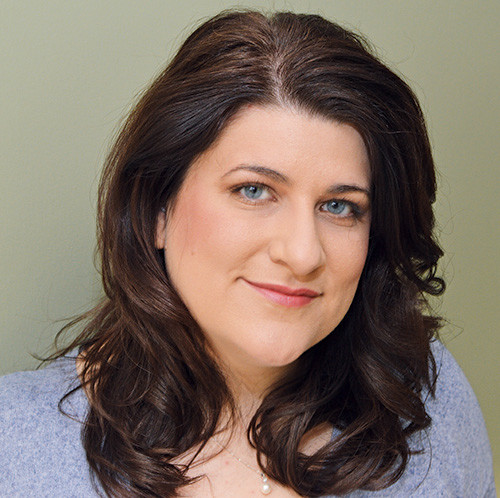
Melanie has worked in homes and gardens media for two decades. Having previously served as Editor on Period Living magazine, and worked on Homes & Gardens, Gardening Etc, Real Homes, and Homebuilding & Renovating, she is now focusing on her passion for gardening as a Senior Editor at Gardening Know How. As a keen home grower, Melanie has experimented with pretty much every type of vegetable at some point – with mixed results. Often it is the simplest things that elude you, which may explain why she just can't seem to master zucchinis.